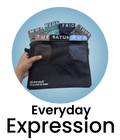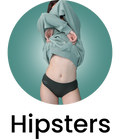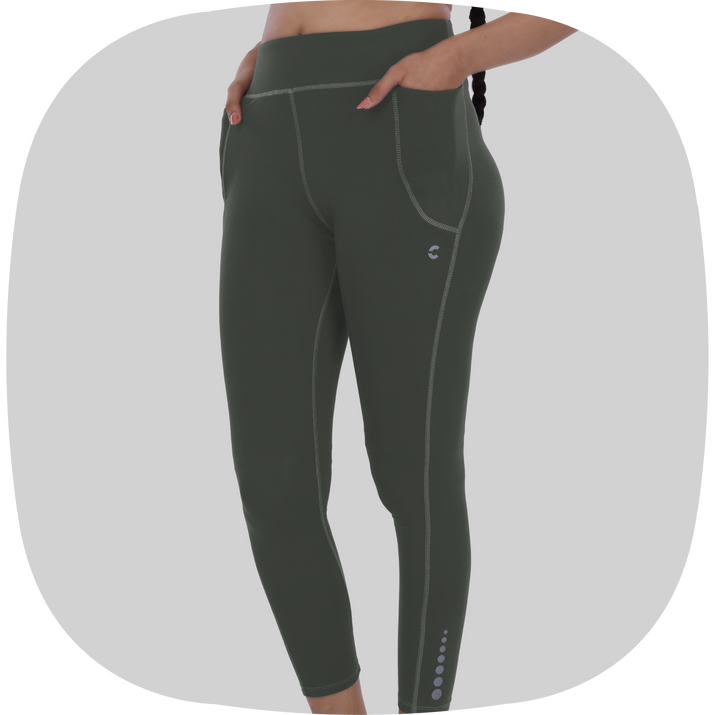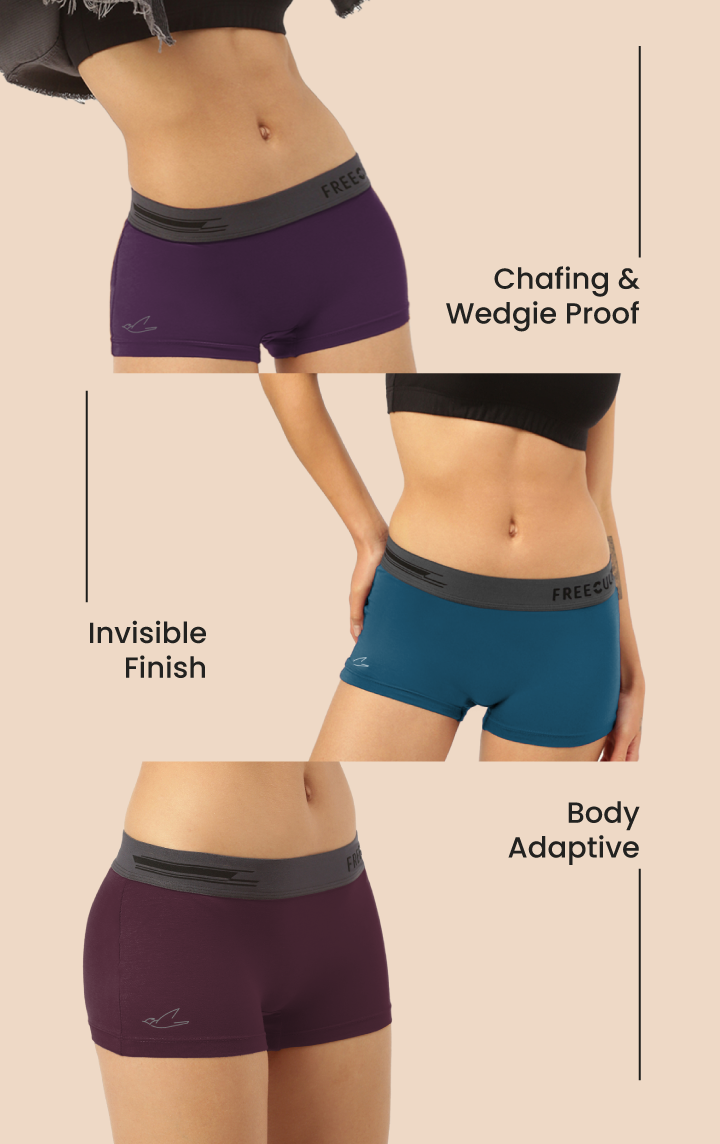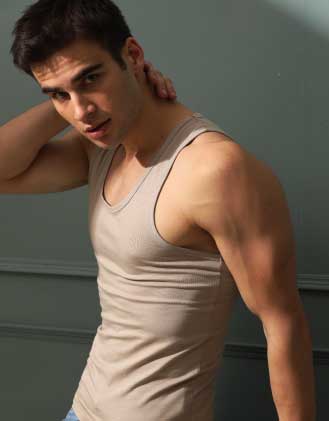Stepping onto your yoga mat should be about mindful movement, not wardrobe worries. The choice between leggings and a tank top, seemingly simple, impacts everything from temperature regulation to freedom of movement – critical for poses like Downward Dog or Warrior Two. Recent trends lean towards performance fabrics that wick sweat and offer compression. How do these materials perform across different yoga styles, from heated Bikram to restorative Yin? We'll dissect key criteria like breathability, support. Style to help you evaluate which combination best suits your personal practice and preferences, ensuring your next session is focused solely on your flow.

Understanding Your Yoga Needs
Yoga isn't just about striking a pose; it's about connecting with your body, breath. Mind. The right clothing can significantly enhance this experience. Before diving into the leggings vs. Tank top debate, consider the style of yoga you'll be practicing. A hot yoga class demands moisture-wicking fabrics, while a restorative session might prioritize comfort and warmth. Your personal preferences also play a crucial role – what makes you feel confident and unrestricted?
Leggings: The Supportive Staple
Leggings have become synonymous with yoga and activewear for good reason. They offer a range of benefits that contribute to a seamless practice.
- Support and Coverage: Leggings provide a feeling of security and coverage, allowing you to move through poses with confidence, knowing that everything is held in place.
- Muscle Support: Certain compression leggings can aid in muscle recovery and reduce fatigue, especially beneficial for more intense practices.
- Variety of Styles: From high-waisted to cropped, patterned to solid, leggings come in a vast array of styles to suit your individual taste and body type.
- Warmth: In cooler studios or outdoor settings, leggings offer an extra layer of warmth, keeping your muscles comfortable.
But, leggings aren't without their drawbacks. Some materials can be restrictive, especially if they lack sufficient stretch. Overheating can also be an issue in warmer environments. Certain styles might not be breathable enough for vigorous practices.
Tank Tops: Freedom and Breathability
Tank tops embody freedom of movement. They offer a minimalist approach to yoga fashion, allowing your body to breathe and move without restriction.
- Unrestricted Movement: The sleeveless design allows for a full range of motion, making it ideal for poses that require arm extensions and twists.
- Breathability: Tank tops promote airflow, keeping you cool and comfortable, particularly in hot yoga or warmer climates.
- Versatility: Tank tops can be layered or worn alone, adapting to different temperatures and personal preferences.
- Style Options: From racerback to loose-fitting, tank tops come in various styles to complement your personal aesthetic.
The downside? Tank tops may not provide the same level of support or coverage as leggings. Some individuals might feel exposed or self-conscious, especially in poses that involve inversions. Adjusting straps can also be distracting during practice.
Material Matters: Fabric Considerations for Yoga
The fabric of your yoga attire is just as vital as the style. Here's a breakdown of popular materials and their properties:
- Moisture-Wicking Fabrics (Polyester, Nylon, Spandex blends): These synthetic fabrics draw sweat away from your skin, keeping you dry and comfortable. Ideal for hot yoga or intense practices.
- Organic Cotton: A natural fiber that's soft and breathable. Best suited for gentler forms of yoga, like restorative or yin.
- Bamboo: A sustainable and eco-friendly option that's naturally antibacterial and moisture-wicking.
- Merino Wool: Surprisingly breathable and odor-resistant, making it a good choice for cooler climates or outdoor yoga.
Pay attention to the fabric composition when choosing your leggings and tank top. A blend of materials often provides the best combination of comfort, support. Performance.
Real-World Scenarios: Choosing Based on Yoga Style
Let's consider some real-world scenarios to illustrate which option might be best suited for different yoga styles:
- Hot Yoga: Opt for moisture-wicking leggings and a breathable tank top with a built-in bra for support. Look for fabrics with mesh panels for added ventilation.
- Vinyasa Flow: Choose leggings that offer a good balance of support and flexibility. Pair them with a fitted tank top that stays in place during inversions.
- Restorative Yoga: Prioritize comfort and warmth. Soft, organic cotton leggings and a loose-fitting tank top or long-sleeved shirt are ideal.
- Outdoor Yoga: Consider the weather conditions. Leggings provide protection from the elements, while a tank top allows for breathability. Layering is key.
The Hybrid Approach: Mixing and Matching
Ultimately, the best choice may involve a combination of both leggings and a tank top. For example, you might wear high-waisted leggings for support and coverage, paired with a loose-fitting tank top for breathability. Experiment with different combinations to find what works best for your body and your practice.
Beyond Clothing: Other Factors to Consider
While leggings and tank tops are essential, don't forget about other factors that can influence your comfort and performance:
- Undergarments: Choose seamless underwear that won't create lines or chafe during practice.
- Sports Bra: A supportive sports bra is crucial, especially for higher-impact styles of yoga.
- Hair Accessories: Keep your hair out of your face with a headband or hair tie.
- Yoga Mat: A high-quality yoga mat provides cushioning and grip, enhancing your stability and comfort.
Price vs. Performance: Investing in Quality
While it's tempting to opt for cheaper options, investing in quality leggings and tank tops can make a significant difference in your comfort and performance. Look for durable fabrics that will withstand repeated washing and wear. Consider brands that prioritize ethical and sustainable practices. A well-made garment will not only feel better but also last longer, making it a worthwhile investment in your yoga journey.
The Psychology of Yoga Attire: Confidence and Self-Expression
The clothes you wear can influence your mood and confidence. Choose leggings and tank tops that make you feel good about yourself. Whether you prefer bold patterns or minimalist designs, your yoga attire should reflect your personal style and help you embrace your unique self. When you feel comfortable and confident in your clothing, you're more likely to relax, focus. Fully immerse yourself in your practice.
Conclusion
Ultimately, choosing between leggings and a tank top for your yoga session is about more than just aesthetics; it’s about creating an environment where your body feels supported and free to move. The best way to decide is through experimentation. Consider the intensity of your practice, the studio temperature. Your own personal preferences. I've found that on hotter days, a breathable tank and cropped leggings are ideal, while during restorative sessions, I prefer full-length leggings for added warmth and a supportive tank. Remember, your comfort directly impacts your focus and enjoyment. Don't be afraid to mix and match styles to discover what works best for you. Pay attention to how different fabrics feel against your skin and how they perform during various poses. The goal is to find a combination that empowers you to deepen your practice and connect with your inner self. So go ahead, explore. Find your perfect yoga outfit – your body will thank you!
More Articles
Women's Cotton Boxers For Anti Chafing – Breathable Comfort & All-Day Freshness
Boy Shorts For Women Under Skirts – No Ride-Up & Smooth Silhouette
Women's High Waisted Boxer Shorts For Anti Chafing – Tummy Control & Thigh Support
Women's Seamless Boxer Shorts For Full Coverage – Invisible Under Clothes & Comfortable Fit
FAQs
Okay, leggings vs. Tank top for yoga – which wins? What’s the real deal?
Alright, no clear winner here! It totally depends on your personal preferences and the type of yoga you're doing. Comfort is king (or queen!) in yoga, so what feels good on you is what matters most. Let's break down some factors.
So, when would leggings be the better choice?
Leggings are great for several reasons! They provide coverage, which some people prefer, especially in poses where you're bending or inverted. They also offer a bit of warmth, which is nice for cooler studios or restorative yoga. Plus, high-waisted leggings can give you extra support and a secure feeling.
And what about tank tops? What are their advantages for yoga?
Tank tops excel in breathability. If you're doing hot yoga or a vigorous flow class, a tank top will keep you cooler and allow for better airflow. They also give you great freedom of movement in your arms and shoulders, which is crucial for many yoga poses.
What kind of yoga style might influence my choice?
Definitely! For hot yoga or Power Yoga, a breathable tank and maybe cropped leggings or shorts are your best friends. For Yin or Restorative yoga, leggings and a comfy tank (maybe even a long-sleeved shirt!) can keep you cozy. For Vinyasa, it's really about what you find most comfortable to move in.
I'm worried about leggings riding down or tank tops riding up – any tips?
Great question! Look for leggings with a good waistband that stays put. High-waisted options are generally more secure. As for tank tops, consider styles with built-in bras or longer lengths that won't ride up as much. Testing them out with a few stretches at home before class is always a good idea!
Are there any fabrics I should specifically look for (or avoid) in either leggings or tank tops for yoga?
Yes! Look for moisture-wicking and breathable fabrics like nylon, polyester, or blends with spandex. Avoid cotton, which can get heavy and clingy when you sweat. For leggings, a four-way stretch fabric is a bonus for maximum flexibility. And for tank tops, consider options with mesh panels for extra ventilation.
What if I want to wear both a tank top and leggings?
Absolutely! Layering is a great option, especially if you're not sure what the studio temperature will be. You can always start with a tank and leggings and then remove a layer if you get too warm. A light jacket or wrap can also be a good addition for Savasana.

